Don’t allow me to tell you why Mozilla’s design team launched mozilla.design, complete with downloadable brand assets and full guidelines, just see what they say right there on mozilla.design:
Their reasons are clearly practical: by ensuring that the world has access to their logos, colors, type and accepted brand treatment, they are creating a consistent brand message even when the referential work is being created outside of Mozilla. They know their partners, applicants, and even designers may be tempted to Google image search for the most recent logo. We’ve all done it. We’ve all searched for someone else’s corporate logo to include in a slide deck or internal presentation. Mozilla, and the dozens of other companies using .design to share their design and brand assets, know that there is no point trying to lock down brand usage by withholding content. The only way to create a consistent brand is to make your assets available and ubiquitious.
This, of course, builds on their overall mission statement and company culture. They introduce mozilla.design by stating:
Mozilla is the champion for a healthy internet, one that is open and accessible for all, both technologically and culturally.
Working with such a lofty and general mission statement is only realized via the people and departments within that company. Thus, for a design department to be a part of a company and mission that is “open and accessible for all,” means that they would naturally build out a repository of all the brand assets anyone inside or outside of the company would need.
The mozilla.design site addresses Logo, Brand Application, Visual Elements, Color and Typography, and ties these design elements all back to the company’s history, its mission, and its growth. It’s the type of big picture lens that defines design-led companies and ensures that a corporate mission isn’t just a phrase, but a way of doing work.





